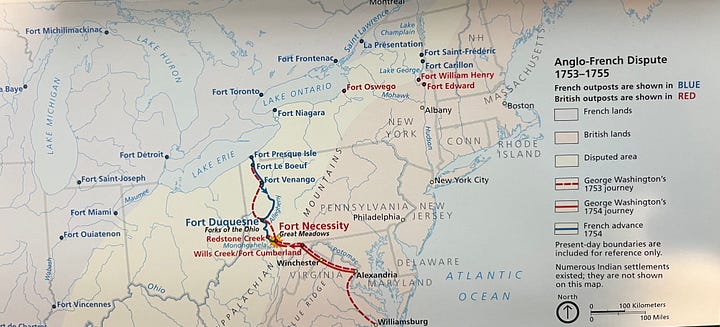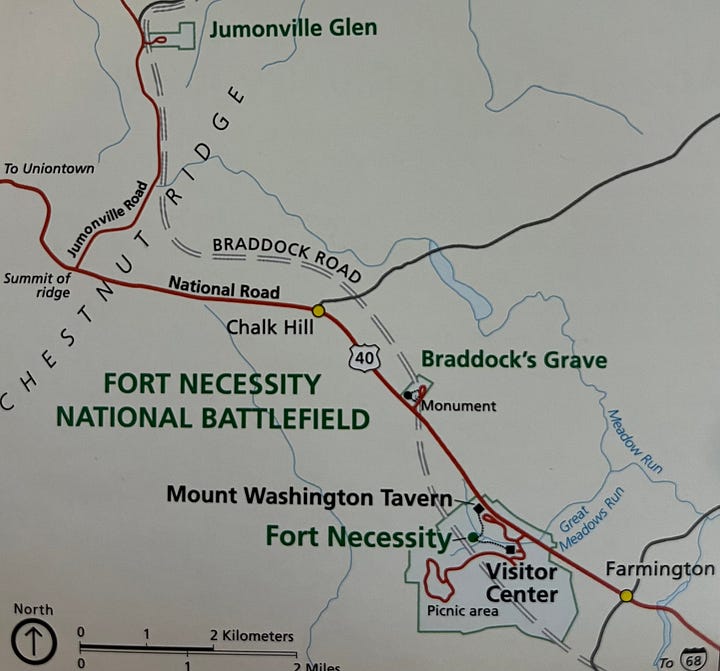

From the late seventeenth century to the midpoint of the eighteenth, Britain, France, and to a lesser degree, Spain fought proxy wars in North America. These wars were parts of the larger wars in Europe with European biased objectives, but the North American components of each grew in importance as the imperial powers’ land claims began to conflict. France and Britain, especially, were at odds over the large area between the Mississippi River and the Appalachian Mountain chain. From a European perspective, France had held the area with a light footprint model of a few traders in the area supported by colonial governors in Canada who fostered strong relations with the Indian tribes in the area. The Indians of the Ohio region were not heavily inconvenienced by the French model and were thankful for the European trade goods that they received for their fur trade. However, the reality was that the area was not as strongly French as the British seaboard colonies were British. As Richard White influentially argued, the French traders and officials crafted a ‘Middle Ground’ with the Indians. The disparate groups of Indians managed a mutually beneficial way of living with the French, mainly because the French were not entering the midwest in great numbers, nor did they demand large tracts of land for farming or speculation.[1] Therefore, the Indians of the midwest were not as threatened by the French as they were by the westward pushing British. However, by the early 1750s, British colonial traders and property consortiums were beginning to stake claims on a broad front from Lake Ontario to the then Gulf of Mexico, but especially around the area where the confluence of the Allegheny and Monongahela Rivers formed the Ohio River, better known as the ‘Forks of the Ohio’.[2] Seemingly, this would have pushed the Indians into closer alliance with the French and the British would be seen off. However, the various tribes and confederacies of Indians in the midwest had agendas of their own. Some of those Indians began to trade with the British over the objections of the French. With European strategic requirements in mind more than local ones, the French decided to change their view of the midwest.




